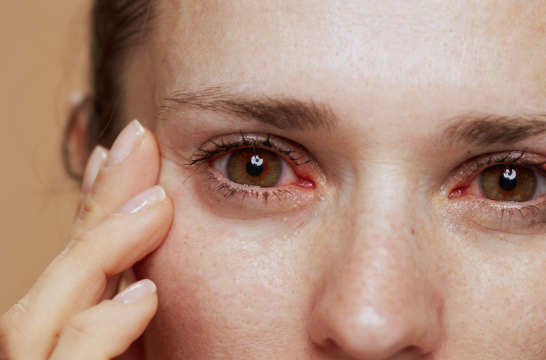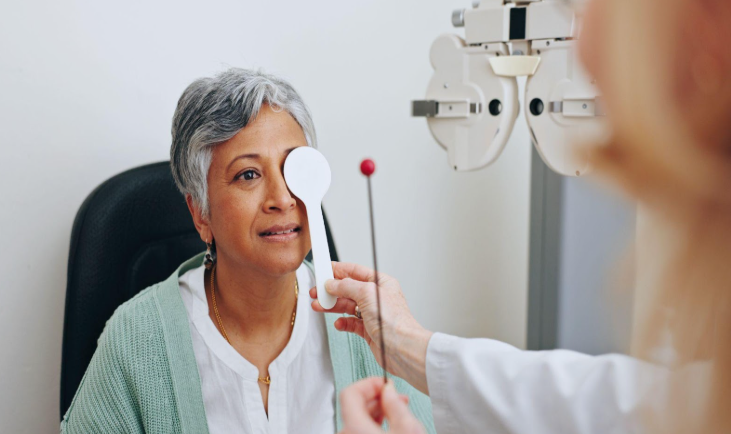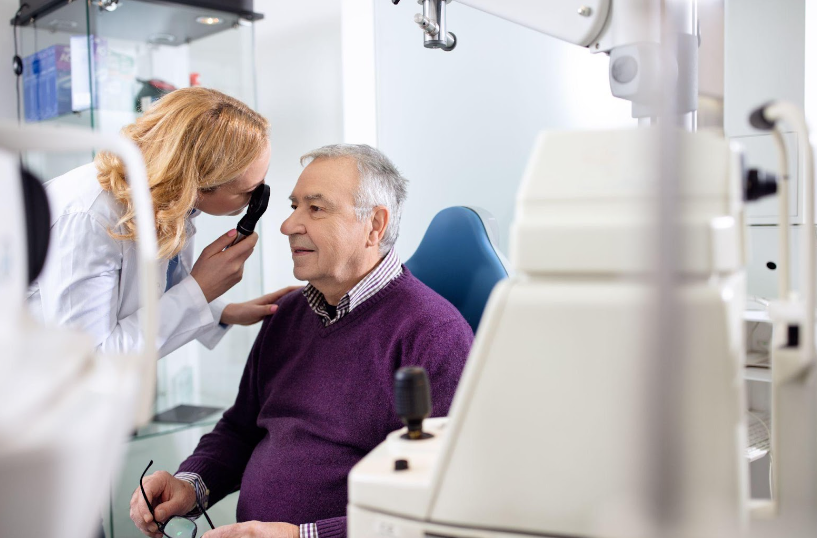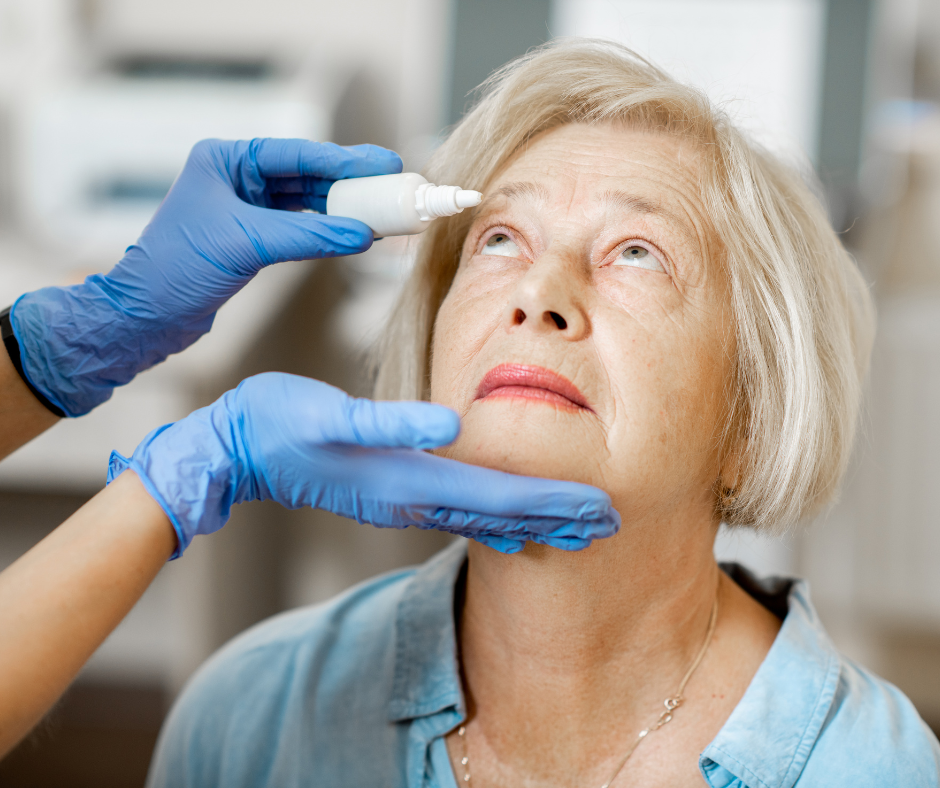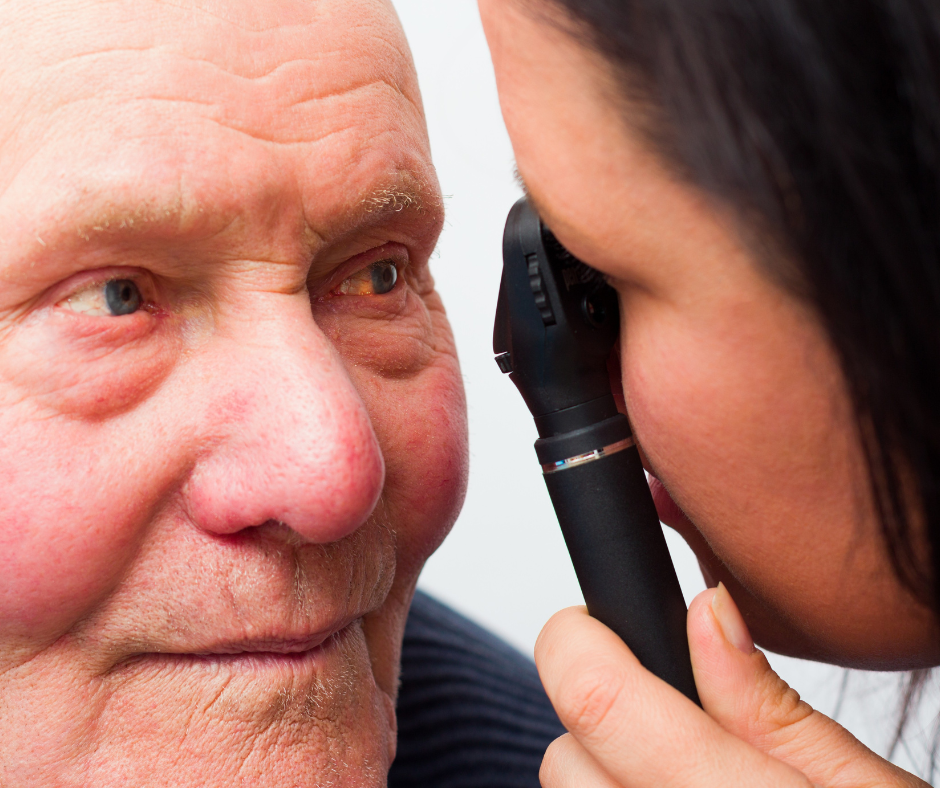All You Need to Know about Corneal Transplants
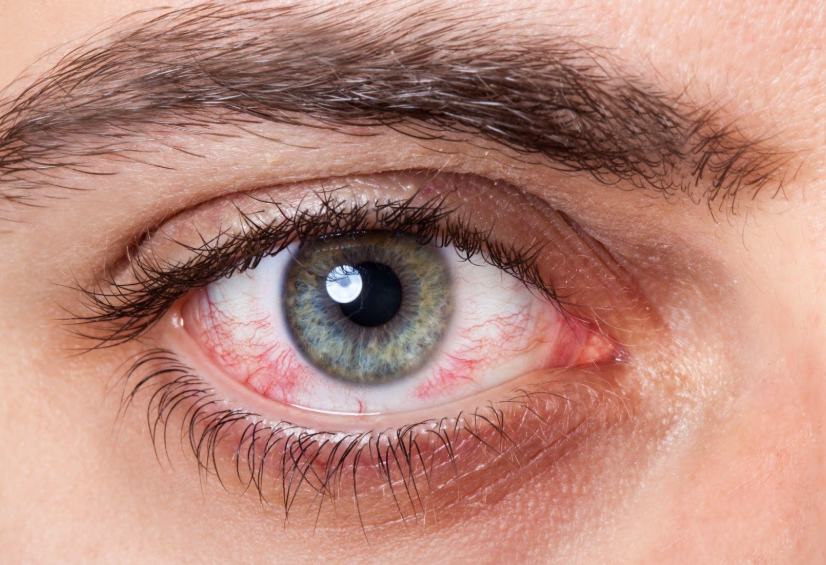
Corneal transplants are a remarkable medical advancement that can restore sight to individuals suffering from corneal damage or disease. This procedure, also known as keratoplasty, replaces damaged or diseased corneal tissue with healthy donor tissue.
Let’s explore everything about corneal transplants, including the types, the procedure, recovery, and potential risks.
What Is a Corneal Transplant?
A corneal transplant is a surgical procedure that replaces damaged or diseased tissue in the eye's cornea—the transparent, dome-shaped layer covering the front of the eye. The cornea helps focus light and protect the eye from dust and pathogens.
When it becomes damaged due to injury, infection, or disease, vision can become impaired, sometimes to the point of severe vision loss. A corneal transplant restores vision by replacing the damaged tissue with healthy corneal tissue from a donor.
When Is a Corneal Transplant Needed?
Corneal transplants are typically recommended when other treatments cannot restore clear vision. Conditions that may lead to the need for a corneal transplant include:
- Keratoconus: A degenerative eye disease that gradually weakens the cornea, causing it to protrude outward like a cone.
- Corneal Scarring: Caused by injury, infection, or severe dry eyes, scarring can affect vision by clouding the cornea.
- Fuchs' Dystrophy: A hereditary condition that affects the inner layer of the cornea, leading to swelling and vision loss.
- Corneal Ulcers and Infections: Persistent infections or ulcers that damage the cornea may require a transplant.
- Complications from Previous Eye Surgery: Some surgeries, particularly cataract surgery, may lead to corneal damage that necessitates a transplant.
Types of Corneal Transplants
There are several types of corneal transplants, each suited to specific types of corneal damage. The main types are:
Penetrating Keratoplasty (PK)
Penetrating keratoplasty, or full-thickness corneal transplant, involves replacing the entire cornea. It is most suitable when both the front and back layers of the cornea are damaged. While effective, it has a longer recovery time and a higher risk of complications compared to other types of corneal transplants.
Endothelial Keratoplasty (EK)
Endothelial keratoplasty is a partial-thickness corneal transplant that targets only the innermost layer of the cornea. The two most common types of EK are Descemet's Stripping Endothelial Keratoplasty (DSEK) and Descemet Membrane Endothelial Keratoplasty (DMEK).
EK is typically recommended for patients with Fuchs' dystrophy and similar conditions affecting only the cornea's inner layer. Recovery time is generally shorter than that of penetrating keratoplasty, and there is a lower risk of graft rejection.
Deep Anterior Lamellar Keratoplasty (DALK)
Deep anterior lamellar keratoplasty involves replacing the outer and middle layers of the cornea while keeping the inner layer intact. DALK is often used for patients with keratoconus or other corneal diseases that do not affect the inner layer. Since DALK preserves more of the patient’s original corneal tissue, it reduces the risk of complications.
Preparing for a Corneal Transplant
Before undergoing a corneal transplant, a thorough eye examination is conducted to assess the extent of the damage and determine the most suitable type of transplant. The doctor will discuss the procedure, potential risks, and what to expect during the recovery process. Some preparations may include stopping certain medications, arranging for transportation on the day of surgery, and scheduling follow-up appointments.
The Corneal Transplant Procedure
Corneal transplant surgery typically takes between one and two hours and is performed under local or general anesthesia. Here is a step-by-step procedure for the transplant:
- Removal of Damaged Cornea: The eye surgeon carefully removes the damaged portion of the cornea, either the full thickness or only the affected layers.
- Placement of Donor Tissue: A matching donor cornea is prepared and fitted to replace the damaged tissue. The donor cornea is secured with tiny sutures, which will gradually dissolve or may be removed in a follow-up visit.
- Post-Operative Care: After the procedure, the patient’s eye is protected with a patch, and specific post-operative instructions are given to aid recovery.
Recovery and Aftercare
The recovery period for a corneal transplant can vary depending on the type of transplant performed. It may take several weeks or even months to see the full effects of the transplant. Key aspects of recovery include:
- Follow-Up Appointments: Regular follow-up visits are important to monitor the healing process and detect any signs of complications early.
- Eye Care: Patients may need prescribed eye drops to prevent infection, reduce inflammation, and manage discomfort. Protective eyewear may also be recommended, especially outdoors or during sleep.
- Activity Restrictions: Strenuous activities, heavy lifting, and bending should be avoided for a period to prevent pressure changes in the eye that could disrupt healing.
Risks and Potential Complications
Like any surgical procedure, corneal transplants come with some risks. Although complications are relatively uncommon, it is important to be aware of potential issues:
- Rejection of Donor Cornea: The immune system may recognize the donor tissue as foreign and try to reject it. Symptoms of rejection include pain, redness, and decreased vision, which should be reported immediately.
- Infection: As with any eye surgery, there is a risk of infection that can be managed with proper aftercare and timely treatment.
- Astigmatism: Some patients experience changes in the shape of their cornea, leading to astigmatism, which may require additional corrective measures.
- Recurrence of Original Condition: In rare cases, the underlying condition that caused corneal damage may recur, leading to the need for further treatment.
Take the first step towards a clearer vision with us at
South Shore Eye Care. Our experienced team is dedicated to helping you restore and protect your vision with the highest standards of care. If you’re considering a corneal transplant or want to explore other advanced treatment options, schedule a consultation with our experts today.
Contact us to learn more!
